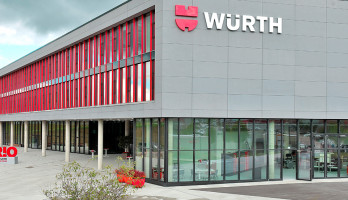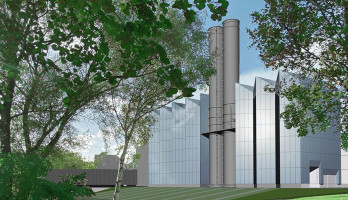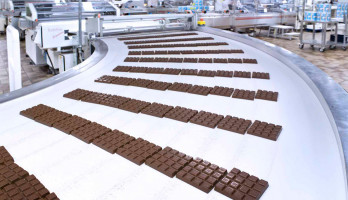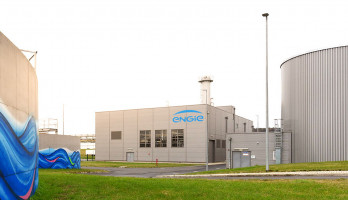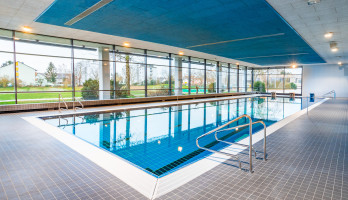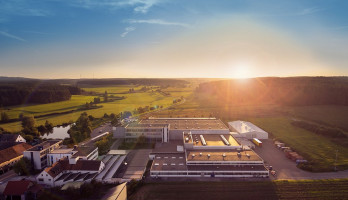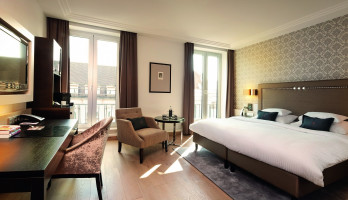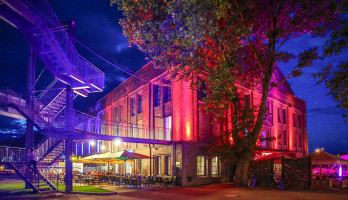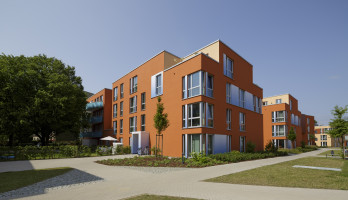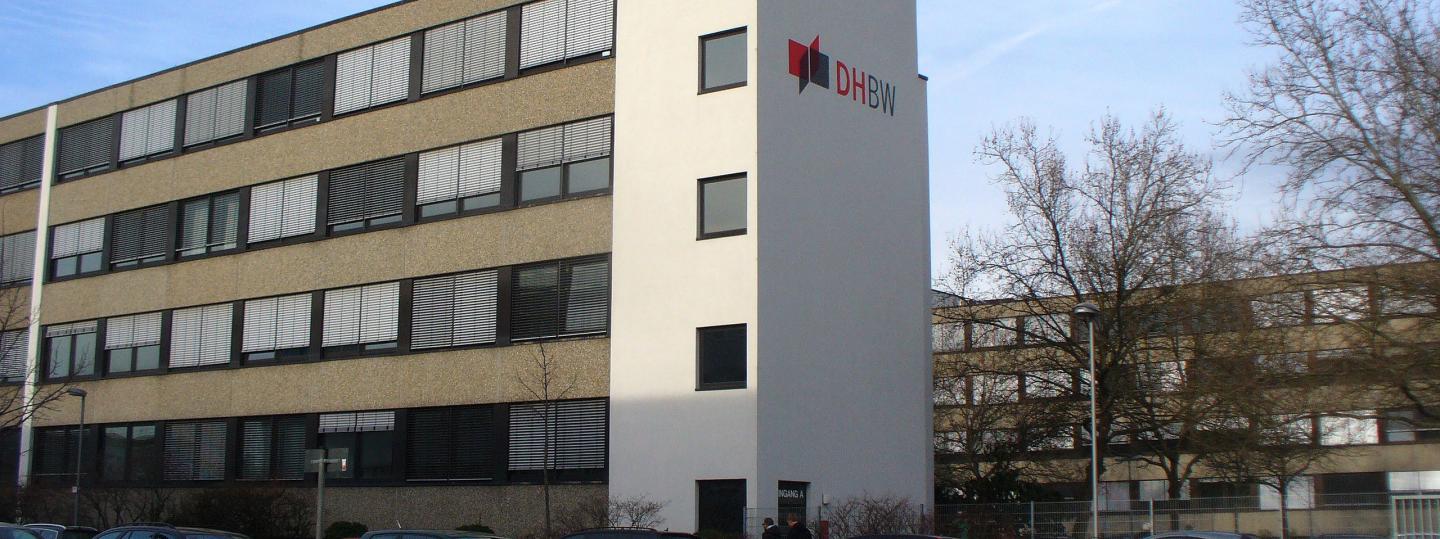
Energy Efficiency Contracting State Property Baden-Wuerttemberg
Energy saving at 4 universities with a total of 23 buildings
With the invitation to tender for energy-saving contracting, the state of Baden-Württemberg, represented by Vermögen und Bau Amt Mannheim, aimed to achieve a significant reduction in energy costs at the four university locations in Mannheim and Heidelberg. The project covers a total of 23 buildings at the Mannheim University of Applied Sciences, the Mannheim University of Music, the Mannheim Cooperative State University and the University of Education in Heidelberg.
The implemented energy-saving measures range from optimization of control technology to the complete replacement of air conditioning and refrigeration systems. The projected savings amount to 23 % of the energy costs. The conversions were largely carried out during the course of the operation, only part of the work could be carried out during the semester holidays.
Customer benefits
In addition, the complete MSR technology was renewed at three universities and a new building management technology was installed. An energy management system for monitoring and evaluating energy consumption was set up in these properties. In many buildings, demand-based ventilation of the rooms and control zones was also set up via presence sensors or air quality sensors.
The customer already benefits from the energy cost savings during the contract period and additionally receives renovated or new plant technology. In addition, ENGIE as contractor ensures the maintenance, maintenance and repair of the installed equipment during the contract period.
Our services
At the Mannheim University of Applied Sciences, a refrigeration network was set up between two buildings. The significantly more efficient refrigeration machine in the high-rise building functions as a base load machine, while the refrigeration machine in the neighboring building is only available fto handle the peak load. In addition, the existing central circuit composite system for free-cooling operation was integrated. A central exhaust air device was installed on the roof of the laboratory building, enabling heat recovery from the exhaust air from the laboratory. At all locations, measures in the area of lighting were carried out. LED retrofit lamps were used or new light fixtures were retrofitted with T5 tubes at the Mannheim University of Applied Sciences.
